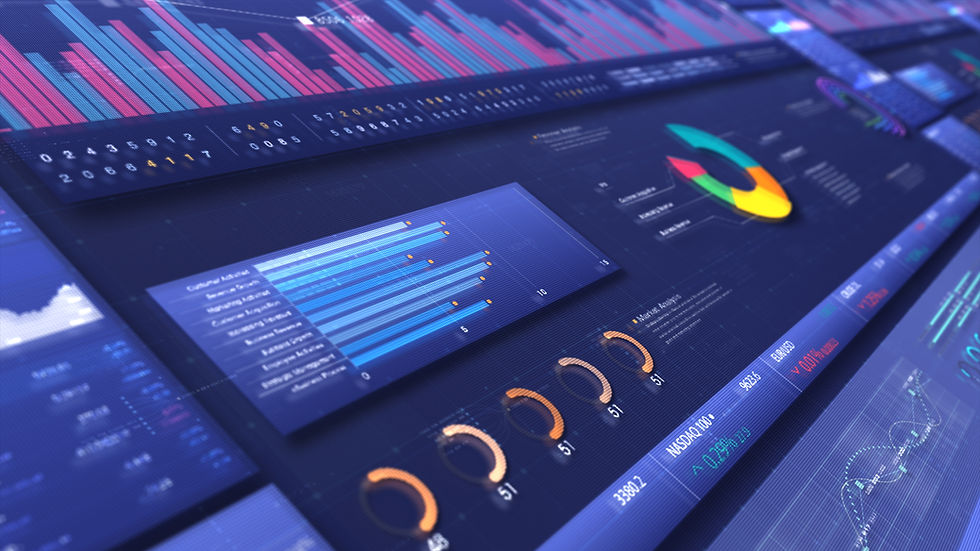Optimizing Safety Management through Data-Driven Insights and Continuous Improvement
- Leverage Safety
- Nov 7, 2021
- 2 min read
Updated: Dec 19, 2023

The collection of audits and data is just the beginning. For meaningful change and improvement, it's crucial for organizations to actively respond to this data, communicate findings effectively, and continually seek new ways to enhance workplace safety. This article discusses the significance of leveraging observation data, identifying trends, and fostering a culture of continuous improvement based on insights derived from this data.
Harnessing the Power of Observation Data
Observation data is a critical tool that acts like a radar, helping organizations pinpoint areas of concern in safety management. However, the potential of this data is often underutilized. Regular analysis of observation data, ideally on a monthly basis, can uncover trends and patterns that might otherwise be missed. Comparing these trends with incident data can provide insightful correlations, such as particular times, days, or employee demographics that are more prone to incidents.
Identifying and Addressing Risk Pools
Effective risk mitigation involves identifying risk pools within an organization. This requires a thorough examination of various factors like cross-training practices and employee experience levels. By proactively addressing these risk pools, as identified through incident investigations and observation data, organizations can preemptively tackle potential accidents. This proactive approach is key to preventing incidents and maintaining a safe work environment.
Learning from Data and Industry Peers
Safety management is an evolving field, and what worked yesterday might not be sufficient today. It’s vital to continually learn from both internal data and the experiences of others in the industry. Analyzing observation trends alongside incident data can reveal new insights, helping to inform proactive safety measures. Regular benchmarking and networking with industry peers can offer valuable perspectives on overcoming common challenges and identifying areas for improvement.
Cultivating a Culture of Continuous Improvement
The principle of "what got you here won’t get you there" is highly relevant in safety management. To achieve consistent safety improvements, organizations need to foster a culture of continuous learning and adaptation. Replicating past strategies may not always yield the desired results. Organizations should strive for ongoing improvement, drawing lessons from their own experiences and those of others in the industry.
To drive effective safety management, organizations must move beyond mere data collection to actively utilizing this information. Observation data, when analyzed correctly, provides a detailed map of safety trends and risk areas. Proactively addressing these risks, continuously learning from data, and engaging with industry peers are crucial steps in evolving safety practices. By adopting a data-driven approach and committing to continuous improvement, organizations can create safer workplaces and achieve long-term safety excellence.



